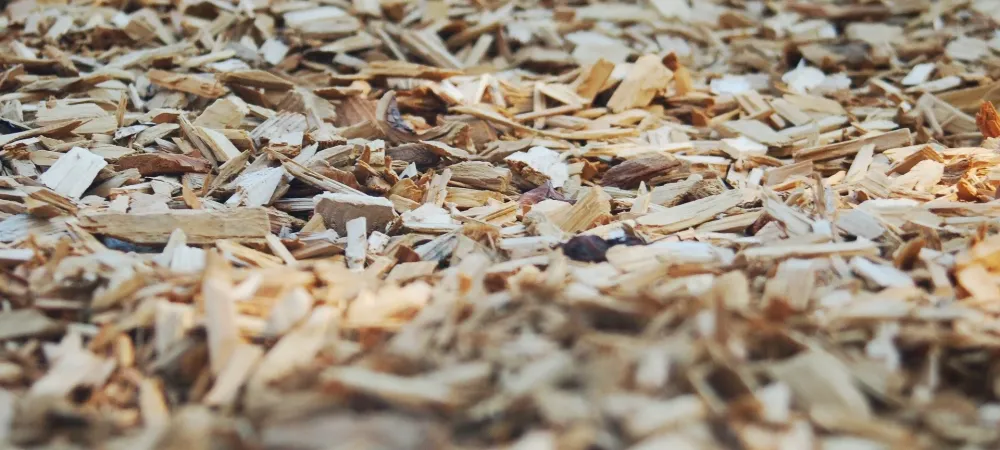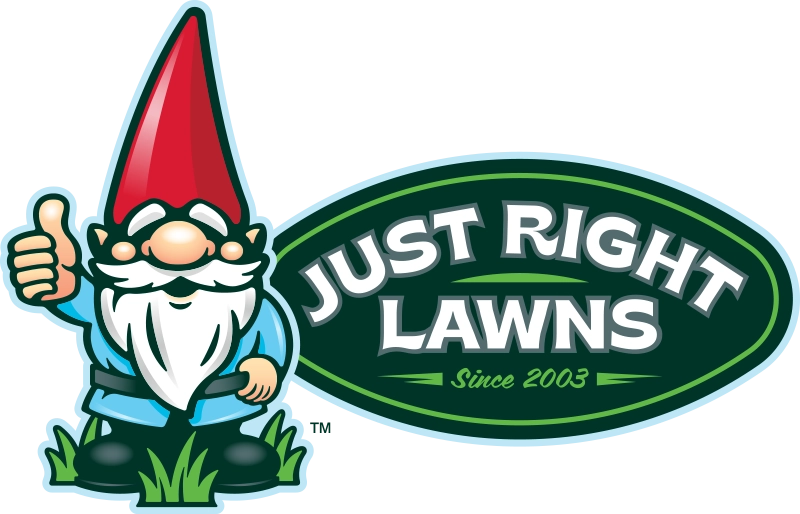When To Mulch in Texas

The Ideal level of mulch in garden beds and on top of tree roots is 2-3 inches. Mulch should be re-applied to the area once the layer has reached below 2 inches. It is important to maintain this level because if the mulch layer shrinks any further it will not carry the same insulating and weed blocking properties.
In Texas, the best time to put down mulch is typically in late spring or early summer. This timing helps to conserve soil moisture during the hotter months, suppresses weeds, and moderates soil temperatures. Aim to mulch after the soil has warmed up and any risk of frost has passed, usually around April to May in most regions of Texas.
Benefits of Mulch
Mulch is an important part of your garden because it helps maintain a healthy balance of nutrients, soil temperature, moisture levels, and prevents weed growth.
Soil Insulation
The key to maintaining a healthy garden in Texas is maintaining a steady soil temperature. On long and hot summer days the heat can cause the soil to dry up and crack. For flowers, shrubs, and trees soil dehydration can cause major root damage and will restrict plant growth. Mulch will insulate the soil beneath it by absorbing the solar energy keeping the soil from drying and heating up.
Nutrient Balance
Mulch is made of organic material that is rich in nutrients. Tree bark, manure, compost soil and other ingredients are all brought together to form a nutrient-rich mulch. When water seeps through the mulch layer the nutrients will replenish the soil below keeping your plants healthy.
Stops Weed Growth
In order for weeds to sprout they need proper sunlight at the early stages of their growth. The mulch level blocks the growth of weeds by preventing sunlight from reaching the soil below where the seeds germinate. Some creeping weeds can intrude on mulched areas, but if checked routinely any creeping plant growth can quickly be pulled out of the ground.
Seasonal Mulching
Some gardeners mulch their yard seasonally, by picking a time in spring where the soil is at the right temperature. Seasonal mulching is not as necessary in Central Texas because we do not get extreme winters, but in areas that get snow, mulch should be applied in spring.
Spring is the best time to apply mulch because the soil is warming up from winter and will need additional nutrients to jump-start from the plant’s hibernation. Mulch does not need to be applied in fall because natural organic material like leaves and twigs will cover areas of the ground. Leaving naturally occurring organic material leaving into winter is ideal to make sure that the soil has an insulating layer preventing frost root damage.
Where To Apply Mulch
Mulch should be applied to exposed areas of soil like gardens, exposed tree roots, and pathways. Mulch will make it harder for plants to germinate and sprout, and should not be applied to areas where you intend to plant seeds or grow grass. A thinner layer of mulch can be applied to garden beds if you are planting seedlings or adolescent plants.
Preventing Mulch Volcanoes
Over-mulching can cause harm to plants and trees and will prevent roots from gaining carbon dioxide. Mulch volcanoes are formed when mulch builds up around the trunk of trees and plants to form a large mound that resembles a volcano. The issue with mulch volcanoes is it promotes the growth of roots on higher levels above the soil, which will cause stress to the plant or tree. If you have a mulch volcano, the mulch will need to be redistributed, and the higher roots will need to be cut back to prevent any further damage.
Professional Mulch Services
Just Right Lawns offers professional mulching services that will keep your yard looking beautiful. Our mulching service can be added to your service call, and we charge per bag of mulch used. Our lawn care professionals are highly trained and experienced in professional mulching services, and will make sure your mulch is at the right level. Learn more information about our landscaping services and sign up today.

